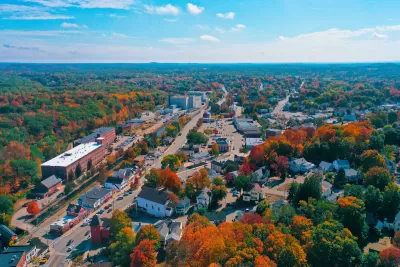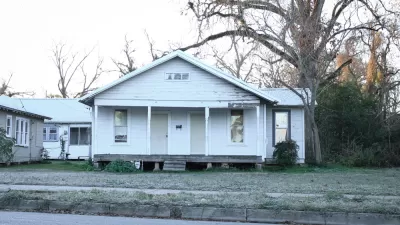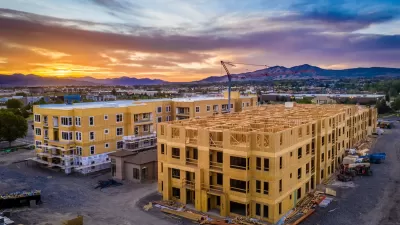Although less visible than in major cities, the housing crisis is no less severe in many rural communities, where being unhoused poses unique challenges.

In an interview with Olivia Weeks for Daily Yonder, Dr. Elizabeth Carpenter-Song describes her research on homelessness in rural New England, highlighting the differences between the experience of urban and rural unhoused people.
As Carpenter-Song explains, “Most research on homelessness in the U.S. had focused on urban settings. I wanted to learn more about what seemed to be very hidden experiences of homelessness in rural areas.”
Rural homelessness is often out of sight, despite a growing housing crisis in many rural communities. “People experiencing homelessness in rural areas move across a variety of settings and may camp in the woods, sleep in cars, or double-up with friends or family for periods of time.”
Housing in rural areas is also more closely tied to transportation, or lack thereof. As people move to access more affordable housing, they often find themselves farther from jobs, schools, and basic needs.
“The main commonality between experiences of homelessness in rural and urban areas is that homelessness is a housing problem,” Carpenter-Song says. “As a society, we are now experiencing the consequences of decades of underinvestment in affordable housing.”
FULL STORY: Q&A: Understanding the Difference Between Rural and Urban Homelessness, With Elizabeth Carpenter-Song

Alabama: Trump Terminates Settlements for Black Communities Harmed By Raw Sewage
Trump deemed the landmark civil rights agreement “illegal DEI and environmental justice policy.”

Planetizen Federal Action Tracker
A weekly monitor of how Trump’s orders and actions are impacting planners and planning in America.

How Atlanta Built 7,000 Housing Units in 3 Years
The city’s comprehensive, neighborhood-focused housing strategy focuses on identifying properties and land that can be repurposed for housing and encouraging development in underserved neighborhoods.

In Both Crashes and Crime, Public Transportation is Far Safer than Driving
Contrary to popular assumptions, public transportation has far lower crash and crime rates than automobile travel. For safer communities, improve and encourage transit travel.

Report: Zoning Reforms Should Complement Nashville’s Ambitious Transit Plan
Without reform, restrictive zoning codes will limit the impact of the city’s planned transit expansion and could exclude some of the residents who depend on transit the most.

Judge Orders Release of Frozen IRA, IIJA Funding
The decision is a victory for environmental groups who charged that freezing funds for critical infrastructure and disaster response programs caused “real and irreparable harm” to communities.
Urban Design for Planners 1: Software Tools
This six-course series explores essential urban design concepts using open source software and equips planners with the tools they need to participate fully in the urban design process.
Planning for Universal Design
Learn the tools for implementing Universal Design in planning regulations.
Jessamine County Fiscal Court
Caltrans
Institute for Housing and Urban Development Studies (IHS)
City of Grandview
Harvard GSD Executive Education
Toledo-Lucas County Plan Commissions
Salt Lake City
NYU Wagner Graduate School of Public Service





























